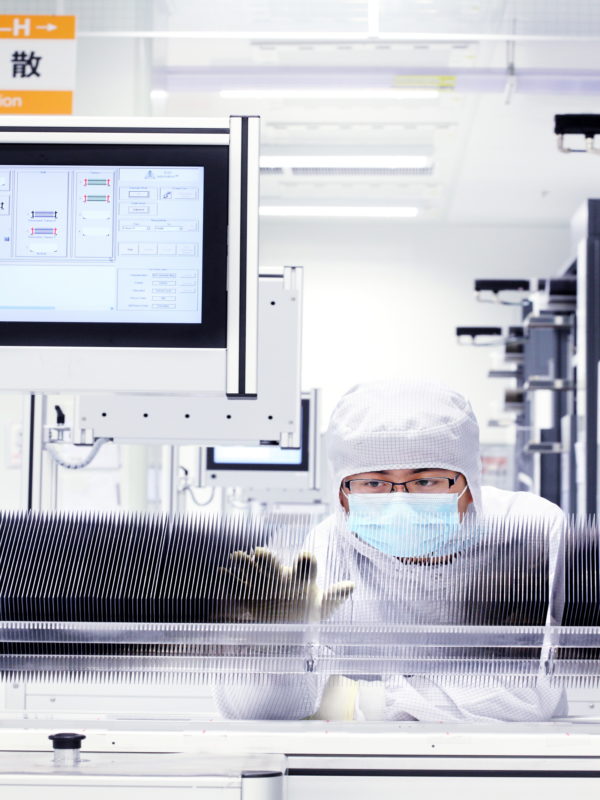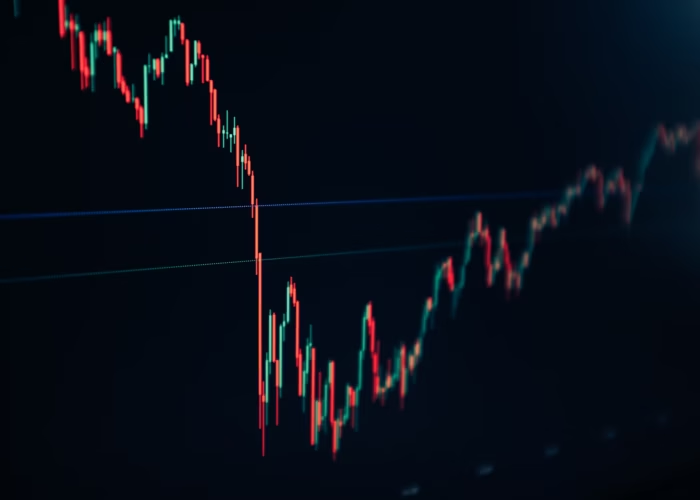
‘Silicon Module Super League’ (SMSL) member Hanwha Q CELLS reported another inline quarter and reiterated expectations of shipping 5.5GW to 5.7GW of modules in 2017.
Having had margins impacted by module average selling price (ASP) declines in previous quarters, Hanwha Q CELLS noted higher wafer ASP’s impacted margins in the third quarter of 2017.
Unlock unlimited access for 12 whole months of distinctive global analysis
Photovoltaics International is now included.
- Regular insight and analysis of the industry’s biggest developments
- In-depth interviews with the industry’s leading figures
- Unlimited digital access to the PV Tech Power journal catalogue
- Unlimited digital access to the Photovoltaics International journal catalogue
- Access to more than 1,000 technical papers
- Discounts on Solar Media’s portfolio of events, in-person and virtual
Or continue reading this article for free
Polysilicon prices had been rising steadily in the first half of the year with expectations that ASP’s would retreat starting in the third quarter due to weaker demand and higher polysilicon production. However, demand has remained strong and prices have continued to increase, despite polysilicon capacity increases.
Mr. Jay Seo, CFO of Hanwha Q CELLS, said that the Company's “third quarter results were in-line with the Company's guidance set forth in Q2,” and that the downward pressure on gross margin, caused primarily by increasing wafer prices, was partially off-set by cell and module processing cost reduction.”
Hanwha Q CELLS has limited in-house ingot and wafer production compared to many of its SMSL rivals such as JinkoSolar and Canadian Solar, which are offsetting polysilicon ASP increases by increases in-house ingot and wafer capacity and shifting all wafering to diamond wire and black silicon texturing to significantly reduce costs and limit margin pressure from polysilicon ASP’s.
The company is only increasing wafer capacity by 50MW in 2017, due to debottlenecking to achieve in-house nameplate capacity of 1,100MW. In contrast, Canadian Solar has recently announced further capacity expansions at the ingot/wafer segment.
The rival SMSL said that it had plans further increase its ingot capacity to 1,720 MW by June 30, 2018, and may expand to 2,500MW if market conditions justify.
Wafer manufacturing capacity had reached 3GW in the third quarter of 2017. The SMSL noted that to significantly offset the recent impact of polysilicon price increases it was planning to add a further 1GW of wafer production to end the year at 5GW.
Financial results
Hanwha Q CELLS reported third quarter revenue of US$543.0 million, down 6.0% from US$577.7 million in the second quarter of 2017.
Gross profit in the quarter was US$63.2 million, compared with US$67.2 million in the second quarter of 2017. Gross margin was 11.6% flat with the second quarter of 2017.
The SMSL reported income from operations of US$10.6 million, down from US$20.1 million in the second quarter of 2017. Operating margin dropped to 2.0%, compared with 3.5% in the second quarter of 2017.
Hanwha Q CELLS had cash and cash equivalents of US$245.6 million at the end of the third quarter, down from US$331.0 million at the end of previous quarter.
Guidance
Hanwha Q CELLS said that expected fourth quarter revenue in the range of US$610 million to US$630 million, indicating a stronger finish to the year with it highest quarterly revenue in 2017.
The company reiterated that it expected module shipments to be in the range of 5,500MW to 5,700MW. Shipment guidance has not change all year. The company is not expected to gain market share against JinkoSolar, Trina Solar, Canadian Solar and JA Solar in 2017.






